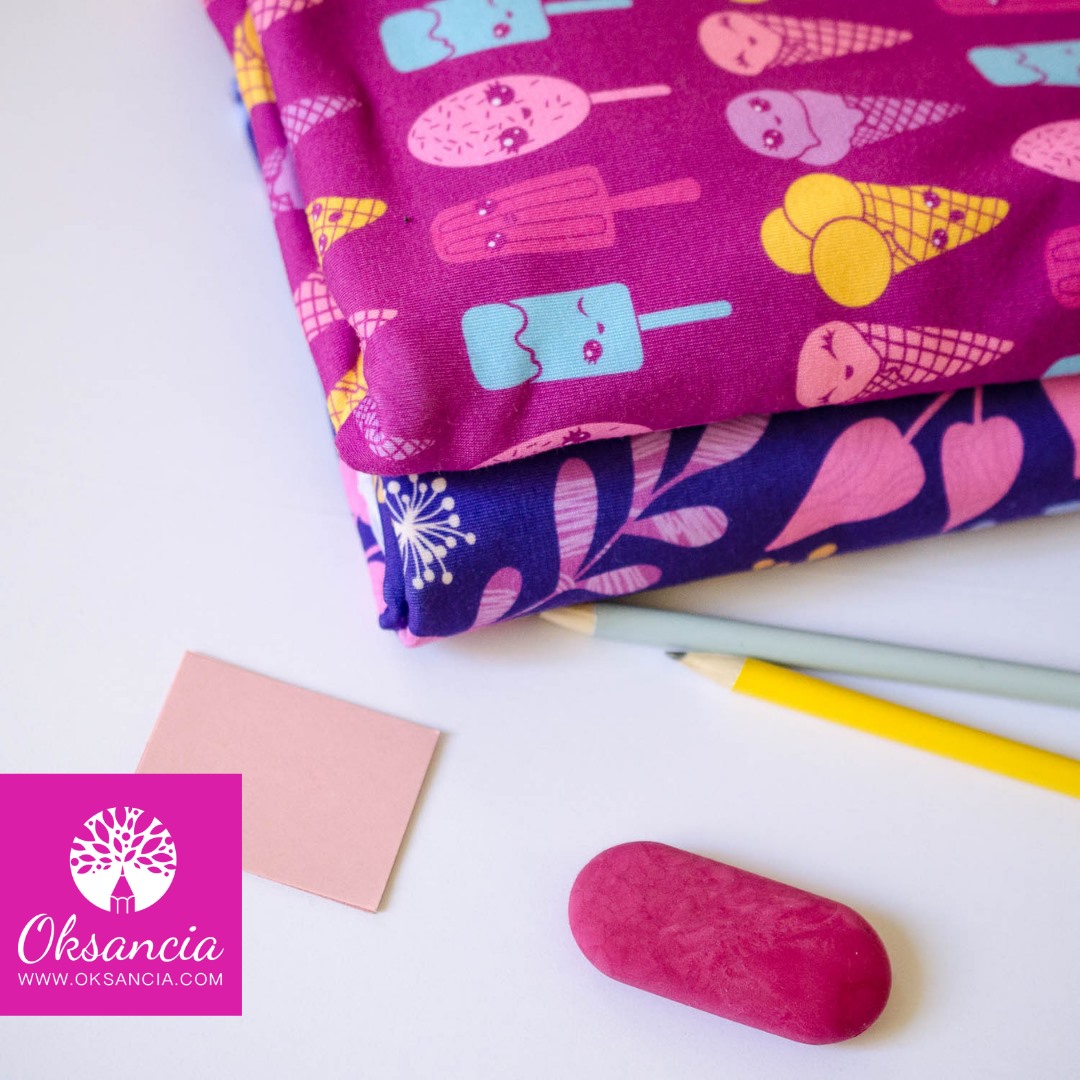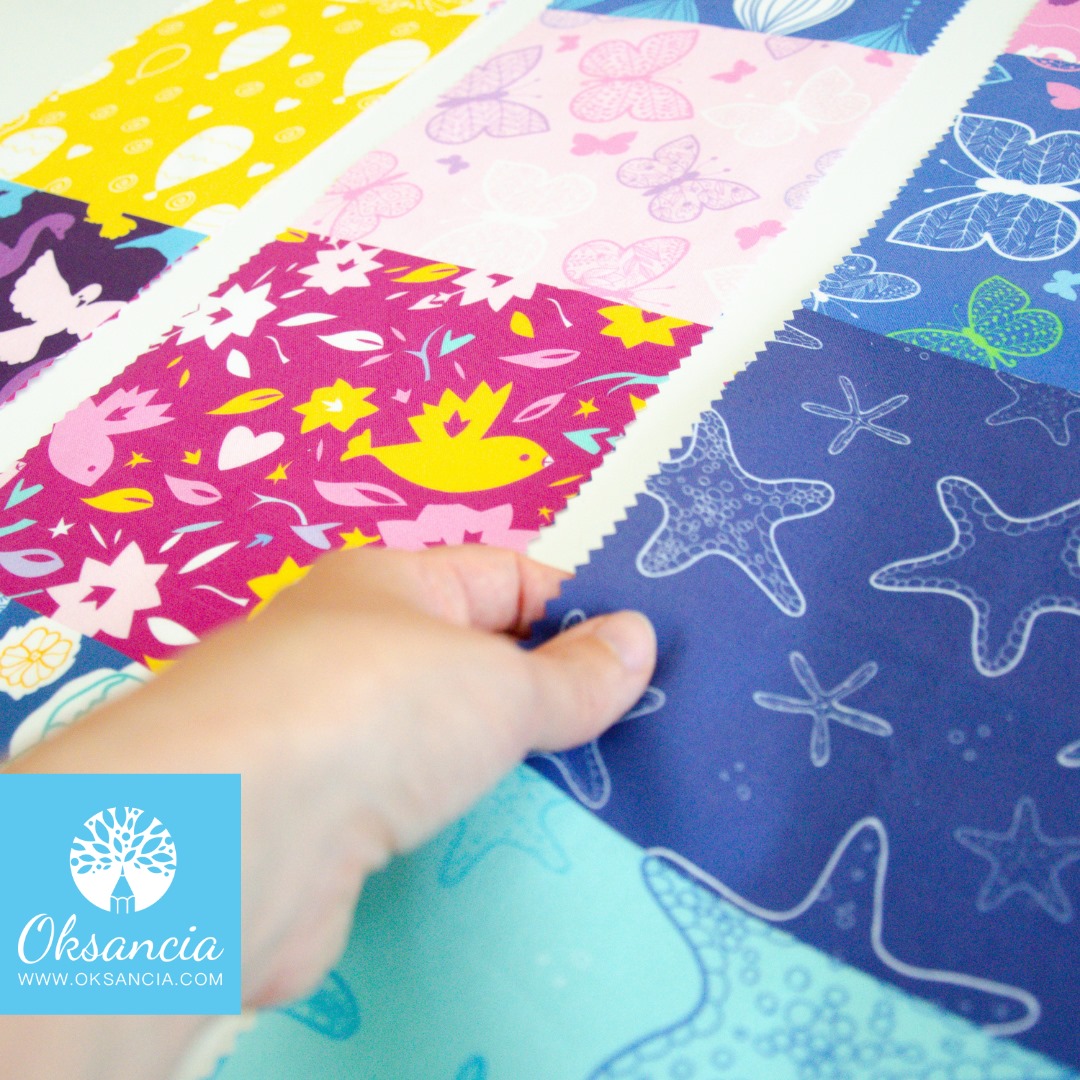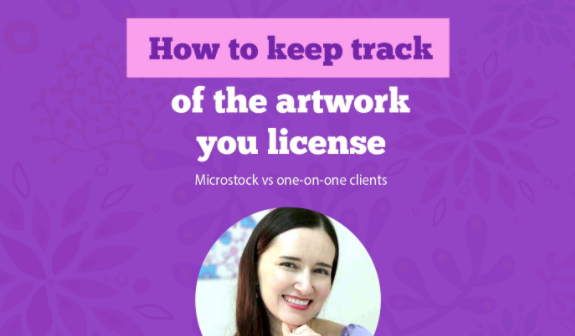HOW TO LICENSE YOUR ARTWORK AND KEEP TRACK OF YOUR LICENSED ART FOR TEXTILE DESIGNERS AND OTHER ARTISTS.
Wondering how to license your artwork and keep track of your licensed art? Here are my tips on how to do it correctly so that you know which artwork was sold under which license.
In this video, I share my own experience with various types of art licensing with microstock and one-on-one design and illustration clients over the last 15 years and give you practical suggestions on how to license your art or repeat pattern designs.
How to differentiate between the patterns you are selling or licensing online and the repeat patterns or artwork or designs that you are licensing to your one-on-one clients.
Hi everyone, my name is Oksancia and I am a textile designer with over 15 years of experience in the field. I am also the founder of Oksancia Textile Design Studio and an online school. Today, I want to address a question that I have been asked many times by my students and audience, which is how to differentiate between the patterns you are selling or licensing online and the repeat patterns or artwork or designs that you are licensing to your one-on-one clients.
Please note that I am not a lawyer and this is not legal advice, but I have had some experience with licensing and I would like to share it with you.
There are many different types of licenses for artwork and designs, and the first type I want to talk about is when you sell your designs online. Essentially, you are licensing the actual files of your designs, such as vector or raster files, and uploading them to a website where people can come, pay money, and download the file to use according to the license that is on that website.

When you sell your designs online, it is important to note that the licenses are usually non-exclusive. This means that many different people can download the same file and use it for different purposes.
However, sometimes clients want exclusive designs that will only be used for their business or products. In this case, you would design a unique artwork or repeat pattern just for them, and in your contract, you would agree that it will only be used by them.
It is also important to remember that these two types of licenses can work together. A client may find your non-exclusive design online, like your artwork, and then contact you to create a special, exclusive design for them.
On the other hand, a client may simply want a design they see online to be exclusive, but you would explain to them that the file is non-exclusive and has already been sold. If they are okay with that, they can purchase a license for it, but if they want a unique design, you can create a similar design with their input.

When working with a one-on-one client, it is important to clearly state what rights they get and what rights you keep in your contract. Keeping track of which files are being sold under which license can be difficult when you have hundreds or even thousands of files, but you can keep separate folders on your computer for exclusive and non-exclusive designs.
In conclusion, when licensing your artwork and designs, it is important to understand the different types of licenses and make sure you have the right agreements in place. Whether you are selling your designs online or working with one-on-one clients, make sure to clearly state the rights involved in your contract.
Thank you for reading, and don’t forget to get your free gift below!
Grow, love, and create.
Oksancia



Recent Comments